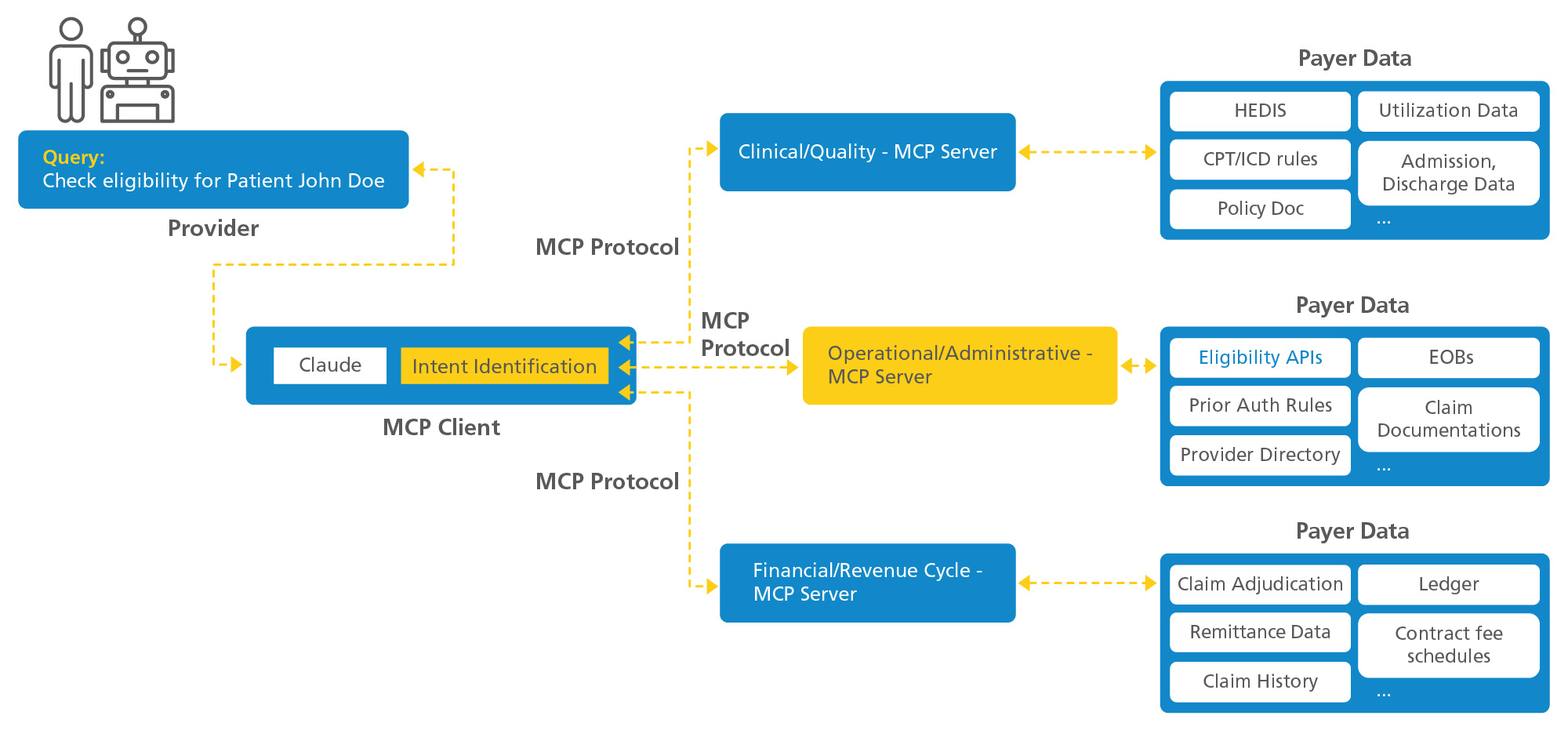The AI revolution has brought an unprecedented shift in everything we have done for years. This shift has unfolded in multiple waves, starting with the introduction of Pre-trained Language Models, followed by Large Language Models (resulting in widespread application of Generative AI). Multi-modal and Tool-augmented AI followed, with 2025 being the era of Agentic AI solutions.
To this end, organizations across industries have been actively reimagining how to embed intelligence into their business processes and systems. Enterprise AI adoption has struggled due to one fundamental barrier: Injecting rich, contextual, and often sensitive organizational data into AI workflows while maintaining compliance, governance, and continuity.
AI adoption at an enterprise level has been evolving over the following four distinct stages, the fifth of which is the topic of this blog.

As depicted above, we initiated approaches like fine-tuning Large Language Models (LLMs) with contextual static business data. We then patched the architecture by enabling Retrieval-Augmented Generation (RAG) and Function Calling, which attempted to bridge the gap by injecting contextual business information into LLMs. However, each approach still lacks a standardized manner to gain holistic awareness of the enterprise’s knowledge. Many AI initiatives remain siloed, manual, or exploratory because of the absence of a common, shared data access layer that is controlled, composable, and policy-aware.
This is, however, beginning to change. Model Context Protocol (MCP) is an open standard developed by Anthropic to enable dynamic, context-rich, and standardized interactions between LLMs and organizational data. MCP introduces a structured, secure way to define, manage, and serve sensitive organizational data to agents and AI applications. It lets enterprises control what data is shared and how, when, and with whom. This brings governance and granularity to AI workflows, enabling real-time decision-making without surrendering oversight. This article provides an industry perspective on how MCP capabilities can be utilized in the payer-provider agentic ecosystem, benefiting both parties.











